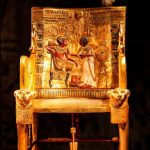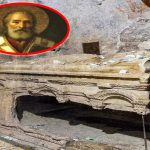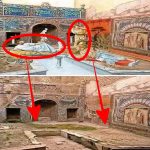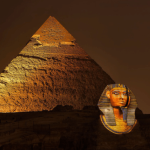Historical Recording and Transfer of a Marble Statue of a Lion Attacking a Horse to the Palazzo Senatorio

Crafted from Pentelic marble, adorned with restorations in Luna marble, the sculpture depicting a lion attacking a horse is a mesmerizing masterpiece that has captivated viewers for centuries. This impressive sculptural group, steeped in history and drama, has undergone a journey through time, leaving an indelible mark on the cultural landscape of Rome.
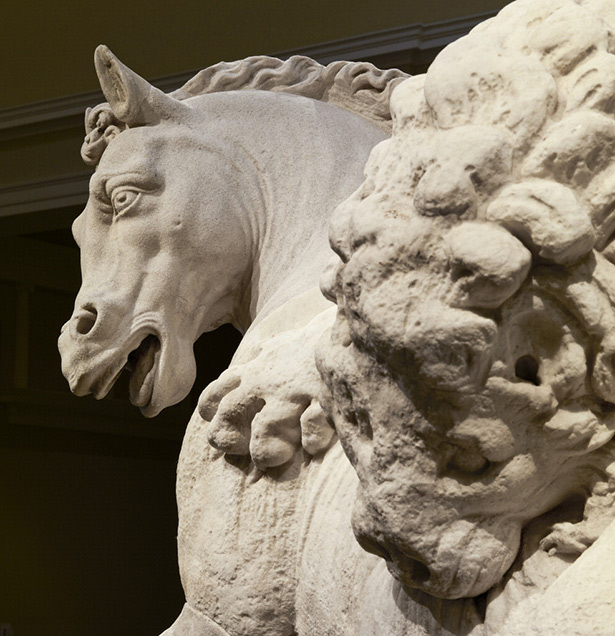
First documented on the Piazza del Campidoglio in 1300, the lion attacking a horse sculpture quickly garnered attention for its striking realism and dynamic composition. Standing as a testament to the artistic prowess of its creators, the sculpture captures the ferocity and intensity of the encounter between these two powerful creatures.
The symbolism inherent in the lion attacking a horse motif has long fascinated scholars and art enthusiasts alike. In ancient Roman culture, the lion symbolized strength, courage, and royalty, while the horse represented power, speed, and freedom. The juxtaposition of these two animals in combat evokes themes of struggle, conquest, and the eternal cycle of life and death.
From 1347, the sculpture found a new home on the staircase of the Palazzo Senatorio, a location steeped in history and significance. Situated in an area designated for the administration of justice and capital punishment, the sculpture took on added layers of meaning, serving as a visual reminder of the consequences of lawlessness and the fragility of life.
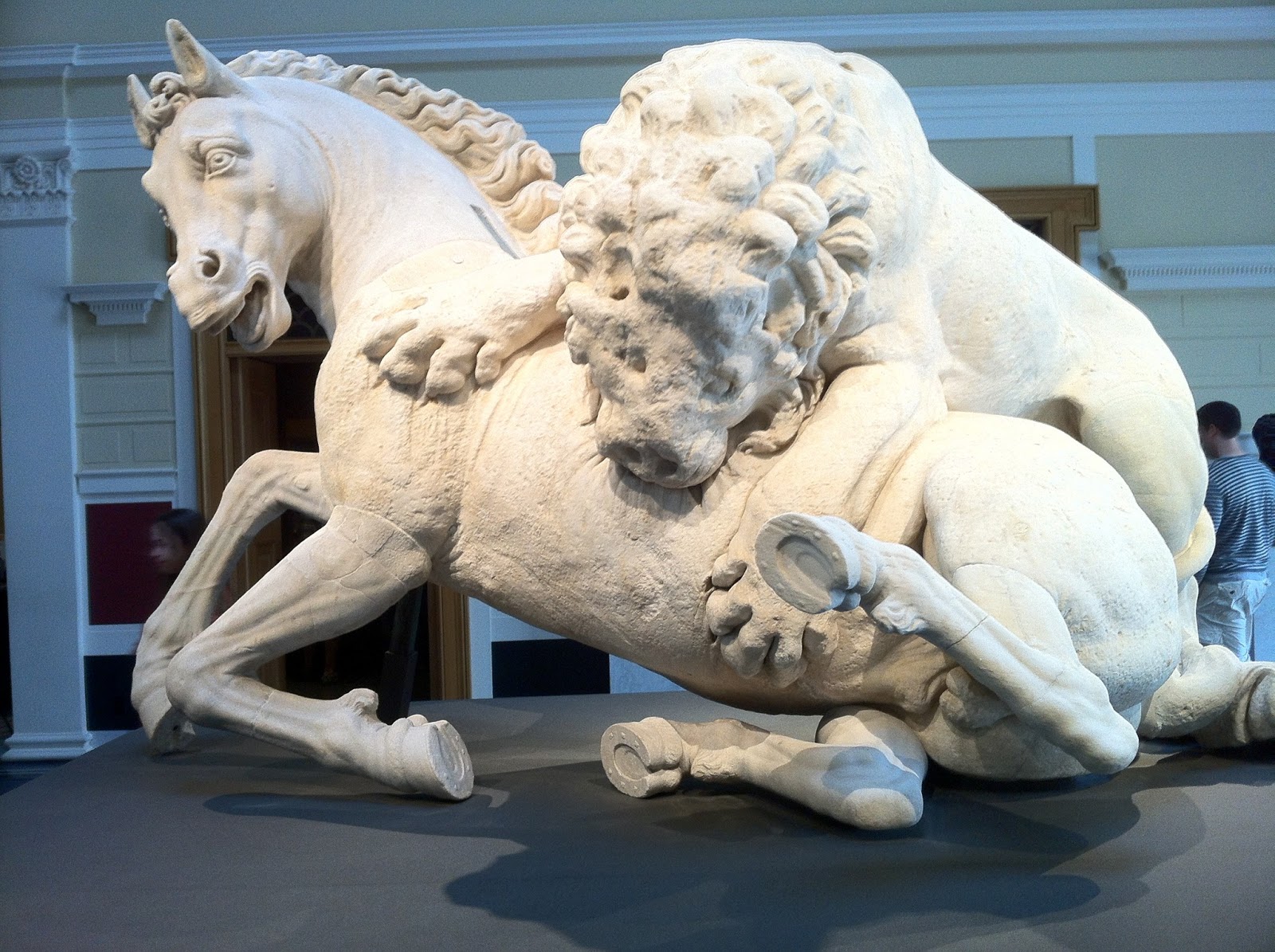
The relocation of the sculpture to the Palazzo Senatorio further elevated its status as a symbol of justice and authority. As visitors ascended the staircase, they were confronted with the dramatic scene of the lion attacking the horse, a poignant reminder of the consequences of wrongdoing and the necessity of maintaining order in society.
Over the centuries, the lion attacking a horse sculpture has weathered the passage of time, bearing witness to the ebb and flow of history. Its Pentelic marble form, with restorations in Luna marble, speaks to the craftsmanship and dedication of its creators, who imbued the sculpture with a timeless quality that continues to resonate with audiences today.
Beyond its artistic merit, the lion attacking a horse sculpture serves as a tangible link to Rome’s rich cultural heritage and storied past. As visitors gaze upon its intricately carved forms, they are transported back in time, where they can envision the bustling streets of ancient Rome and the majestic monuments that adorned the city’s skyline.

Today, the sculpture remains a cherished artifact, housed in a museum where it continues to inspire and captivate audiences from around the world. Its presence serves as a reminder of the enduring power of art to transcend time and space, bridging the gap between past and present.
In conclusion, the lion attacking a horse sculpture stands as a testament to the artistic genius of its creators and the enduring allure of ancient Rome. From its humble beginnings on the Piazza del Campidoglio to its prominent placement in the Palazzo Senatorio, the sculpture has left an indelible mark on the cultural landscape of Rome, reminding us of the timeless themes of struggle, power, and justice that continue to resonate with audiences today.
